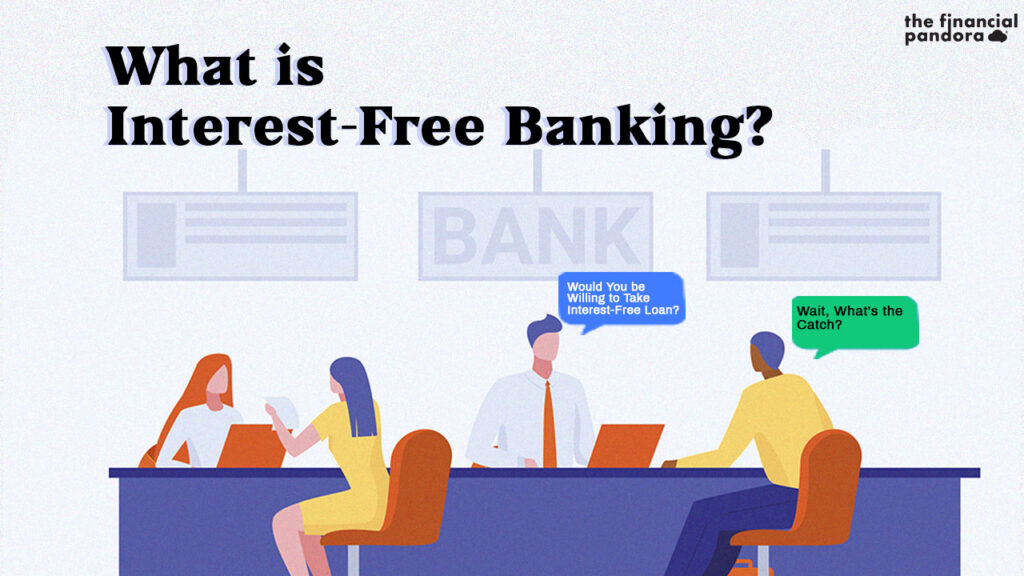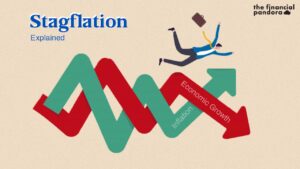It was during the dawn of the bust (2008 crises) when people were doomed by the profits earned during the soaring all-time high markets, that deceived everyone about believing in a brighter future and better governance. Only a few during these times understood the market and realized the hidden truth.
Dr Raghuram Rajan was one of them, who viewed the market and predicted the future to be ‘bleak’. His vision for growth was somewhat misunderstood by the then claimed rationalist as ‘irrational’. It was during those times “Interest-Free Banking” term was introduced or also known to be “Islamic Banking Finance”.
Interest-free Banking or Islamic Banking Finance is a conventional way of practising lending system, that adheres to rules of” Shariah”. According to the laws, the “riba” (interest) is debarred from practising and known to be unethical according to the religion. Such a system practices banking principles by no existence of any interest but solely based on profit sharing idea. The profit-sharing principles allow the borrowers to enjoy interest-free loans with no fluctuation according to the market, but the profits generated by the borrower will be shared with the bank. Along the years since its inception, this banking principle has somehow fairly survived courageously even during the time of recession. Bank of Islam, Malaysia was one of the few examples that have shown profits consistently and performed exceptionally as compared to the other commercial banks in the country. High ethical practice in terms of lending, lesser default in payments, lower NPA, etc. are few of the perks of such a system.
“The Islamic finance global industry currently stands at $2.4 trillion in assets, and 1,400 institutions operating in over 80 countries.”- Refinitiv
So, what do Islamic Banking Finance principles rely on?
There are five different lending practices that the institutions have been practising:
Mudarabah (Profit and Loss sharing): It is a contract between two people to form a partnership to distribute the profits or loss, complying to the agreed proportions in the contract. The bank will provide financial assistance to the borrower and in turn, a certain percentage of profit will be enjoyed by the bank
Musharakah (Joint Venture): This type of contract is similar to the profit and loss sharing contract but will have the flexibility for more than two partners
Murabahah (Cost plus): It is also known as sleeping partnership. The bank and client agree to buy and sell an item on behalf of the bank (bank being the sleeping partner) and the profits earned from such a venture will be shared among them
Ijarah (Leasing): The bank in this contract leases out the property to the buyer until the full payment is received from the buyer. This option gives the flexibility to the buyer to keep the assets until the maturity of the contract or give it back to the bank
Salam: This contract is kind of a forward contract where the payment is paid fully in advance but the delivery of the good is agreed in the future date
Other Forms of Financing
There are other forms of financing, Islamic Bonds. Sukuk (Islamic Bonds) is a financial trust certificate where the issuer sells the certificate to the buyer and uses the proceeds to purchase an asset. Thereon, the profits generated from such proceeds are shared between the issuer and the holder of the bond. This instrument complies with the Islamic religion laws (Sharia), which implies that the proceeds won’t be used to invest in items that will not abide by the principles of the Shariah, i.e. alcohol, gambling, pork etc.
Unlike the bonds that are issued, Islamic bonds have some peculiar features that separate them from others. Sukuk bond works on a partnership basis that gives the right to the holder, to partially own the underlying asset. This, in turn, makes the bond as one of the safest instruments in times of default. As a result, these bonds have been gaining traction around the globe and have been flourishing with a wider audience. Malaysia was the first one to introduce an asset-backed bond whose price was dependent on the underlying assets.
According to the Statistica, “The value of assets outstanding of Sukuk in Asia amounted to 323.2 billion U.S. dollars in 2018. In that year, the total value of Sukuk assets worldwide was over 470 billion U.S. dollars.”
But the question remains, how such banking principles can benefit or improve Indian Financial Systems?
According to the Central Statistics Office (CSO), Micro Scale and Medium Enterprises (MSMEs) account for almost 40% of the total exports and contributes to more than 30% of the GDP. Due to the higher interest rate and declining economic activity, the MSME sector has been struggling to keep up with interest payment. To cater to the needs of the sector with financial assistance, government schemes were introduced, and MUDRA was one of them. Pradhan Mantri Mudra Yojna (MUDRA) has been providing collateral-free loan with minimal interest, since 2015. As of today, almost 15% of SBI’s MUDRA loans have been in default on ‘interest payment’ and turned into bad loans. Diminishing demand with declining economic activity, have been mounting pressures on the MSMEs as well as banks. However, structuring the policy by creating a fusion of profit-sharing principles with the no-interest loan will boost the sector with the vision of easy financial assistance. Interest-free banking loans could create a bridge to fuel the sector with liquidity.
Follow Us @
Some Unrelated Stories!




